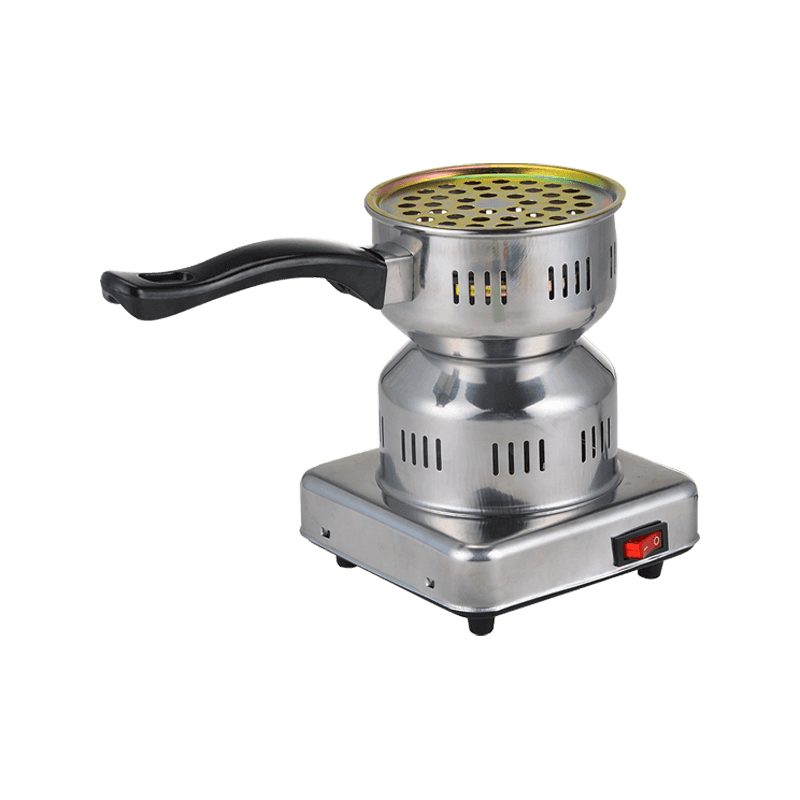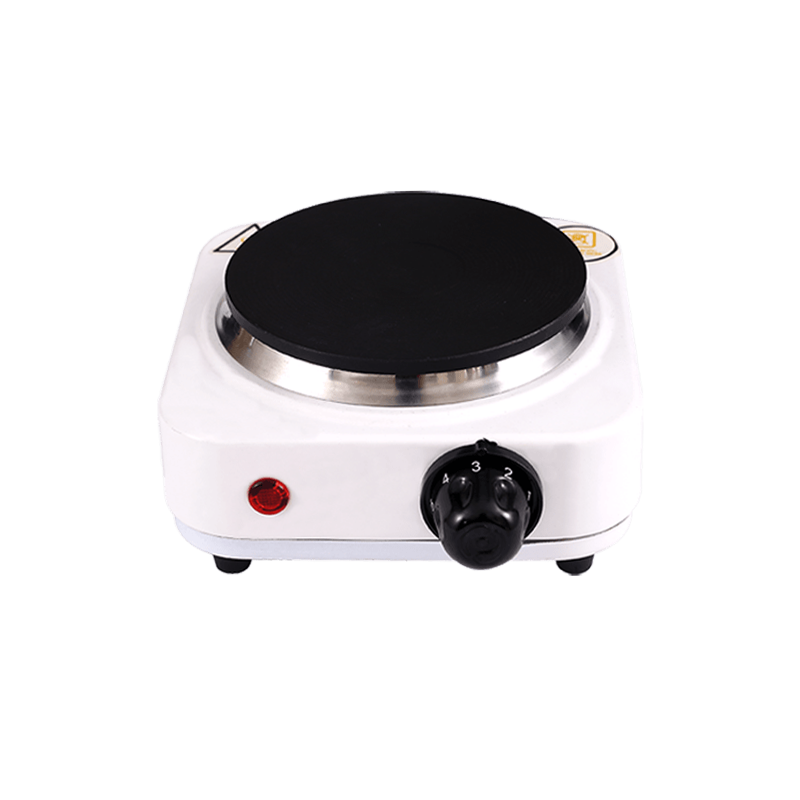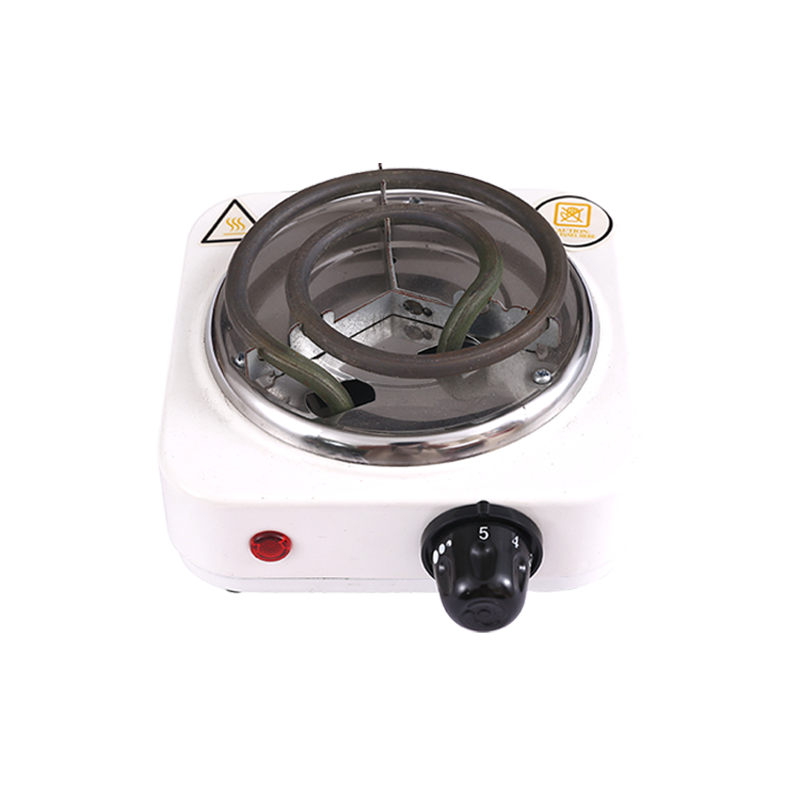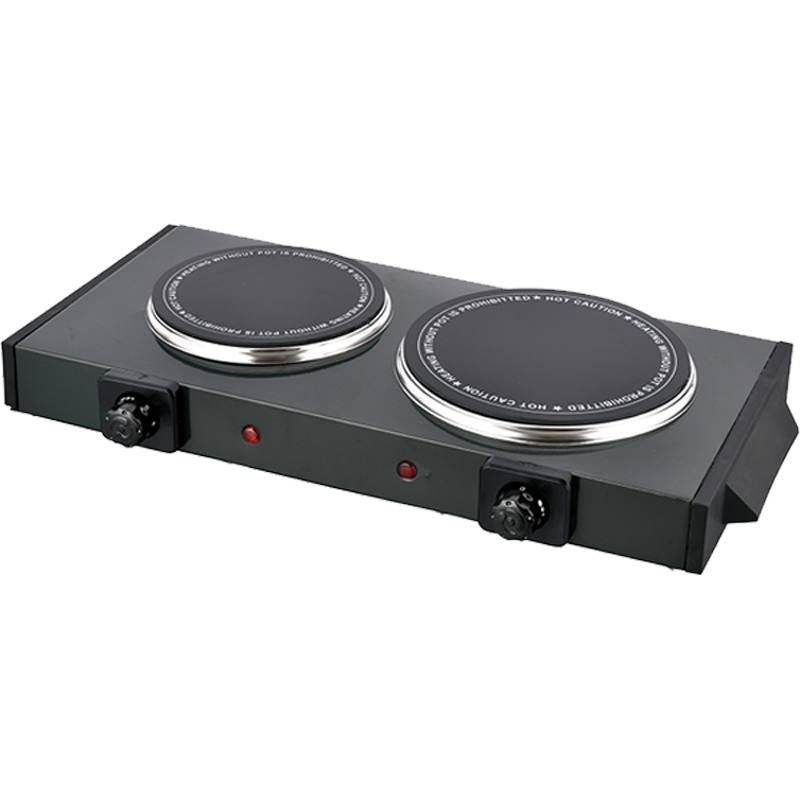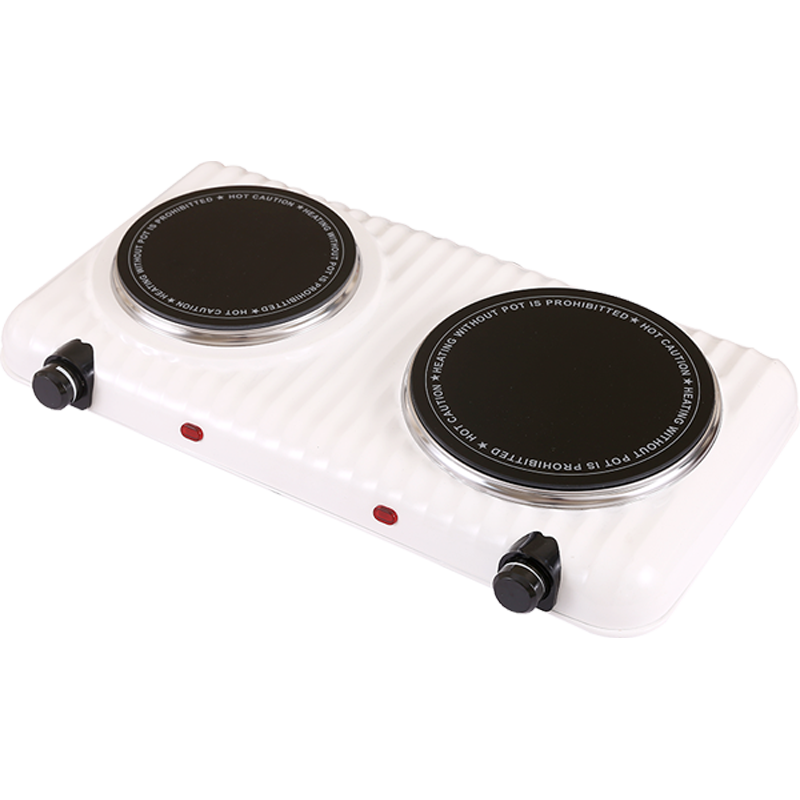+86-579-87253168
OEM gas hob with electric hot plate burner Factory
In an era where energy efficiency is a top priority, the spotlight is increasingly shining on electric hot plate burners. These essential kitchen appliances, used in a variety of settings from professional kitchens to home cooking spaces, are evolving to meet the demands of modern energy conservation. Understanding the energy ratings and advanced technologies in electric hot plate burners can significantly influence both cost savings and environmental impact. This article explores how energy efficiency ratings and cutting-edge technologies contribute to reducing energy consumption in electric hot plate burners.
Energy efficiency ratings are crucial in evaluating the performance of electric hot plate burners. These ratings provide insight into how effectively a burner converts electrical energy into heat, and they offer a benchmark for comparing different models. Here’s a detailed look at how these ratings work and their significance:
The energy efficiency of electric hot plate burners is typically measured by their energy conversion ratio, which indicates how much electrical energy is converted into heat versus how much is lost to the environment. Higher efficiency ratings mean that a greater proportion of energy is used directly for cooking, reducing waste.
Energy ratings for electric hot plate burners are often standardized by regulatory bodies to ensure consistency and reliability. These ratings help consumers make informed choices by providing a clear comparison between various models and brands.
More efficient electric hot plate burners generally result in lower operating costs. By consuming less energy to achieve the same level of heat, users can save on their electricity bills over time, making these appliances more cost-effective in the long run.
Modern electric hot plate burners are equipped with various technologies designed to enhance energy efficiency and reduce consumption. Here’s a look at some of the most notable advancements:
Infrared heating is a prominent technology used in many electric hot plate burners. This method uses infrared radiation to directly heat the cookware, rather than heating the air around it. The result is faster and more efficient heating, as less energy is lost to the surrounding environment. Infrared heating can significantly reduce cooking times and energy consumption.
Induction heating is another advanced technology that is becoming increasingly popular in electric hot plate burners. This method uses electromagnetic fields to generate heat directly within the cookware, which enhances energy transfer efficiency. Since the heat is generated directly in the pan, induction heating minimizes energy loss and ensures that virtually all the heat produced is used for cooking.
Many modern electric hot plate burners feature smart temperature control systems that help optimize energy usage. These systems can automatically adjust the heat levels based on the type of food being cooked and the current temperature, ensuring that energy is used only when necessary. This precision not only improves cooking results but also reduces unnecessary energy consumption.
Some electric hot plate burners are designed with heat retention features that help maintain a consistent temperature even after the burner is turned off. This means that residual heat continues to cook the food, reducing the need for prolonged energy use and further conserving electricity.
In addition to choosing energy-efficient electric hot plate burners and leveraging advanced technologies, users can adopt several practices to further reduce energy consumption:
The type of cookware used on electric hot plate burners can influence energy efficiency. Flat-bottomed pans that match the size of the burner are ideal, as they ensure optimal contact with the heating element. This improves heat transfer and reduces energy waste.
Using lids on pots and pans helps retain heat and reduce cooking times. By trapping heat inside the cookware, users can cook food more efficiently and use less energy.
Preheating electric hot plate burners only when necessary can help conserve energy. For dishes that do not require preheating, starting the cooking process directly can save electricity.
Keeping electric hot plate burners clean and well-maintained ensures that they operate at peak efficiency. Regularly removing food spills and residue can prevent energy loss and maintain the performance of the burners.
The Future of Energy Efficiency in Electric Hot Plate Burners
As technology continues to advance, the future of energy efficiency in electric hot plate burners looks promising. Ongoing research and development are likely to yield even more innovative solutions to improve energy conservation. Potential future developments include:
The integration of more sophisticated smart features, such as AI-powered cooking assistants, could further optimize energy use by learning user preferences and adjusting settings accordingly.
Advances in materials science may lead to the development of electric hot plate burners made from more sustainable and energy-efficient materials, contributing to overall energy conservation efforts.
Future electric hot plate burners may feature more intuitive user interfaces that provide real-time feedback on energy consumption, helping users make more informed decisions about their cooking practices.
Electric hot plate burners are becoming more energy-efficient thanks to advancements in technology and the introduction of sophisticated energy ratings. By understanding these ratings and adopting modern technologies like infrared and induction heating, users can significantly reduce their energy consumption. Additionally, practical tips for efficient use and maintenance further contribute to energy savings. As the industry continues to innovate, the future of electric hot plate burners promises even greater enhancements in energy efficiency, providing users with both cost savings and environmental benefits.




 عربى
عربى
